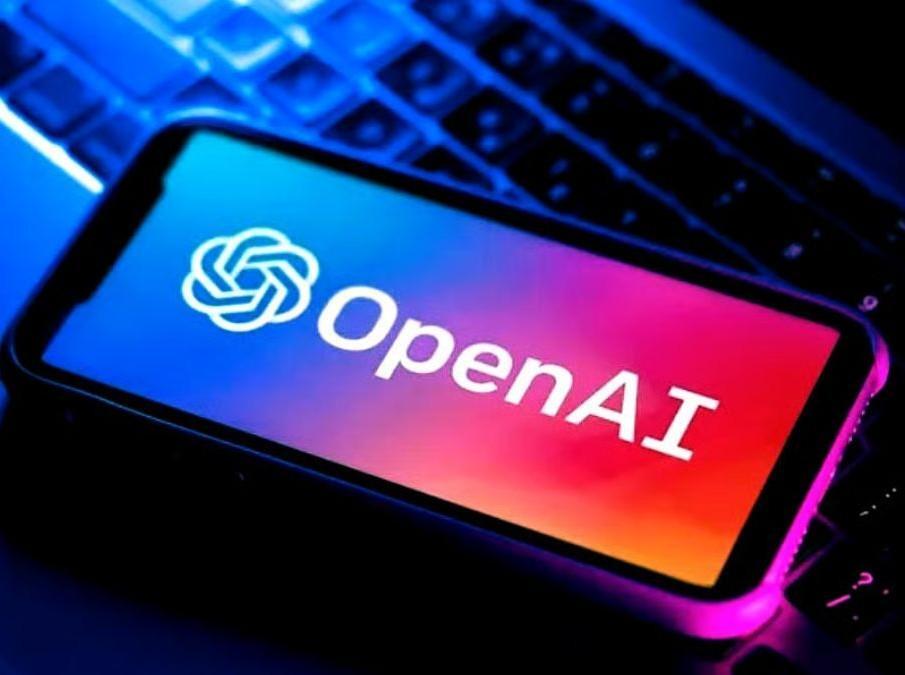
OpenAI Releases Downloadable AI Models for Public, Offline Use
In a groundbreaking move, OpenAI has released two AI models, gpt-oss-120b and gpt-oss-20b, for public use, allowing anyone to download and run the full model on their own computer without requiring internet access, expensive subscriptions, or even permission from OpenAI. This unprecedented move marks a significant shift in the AI landscape, giving users the power to control and utilize AI models without relying on cloud services or third-party providers.
The release of these AI models is a major milestone in the history of OpenAI, which has been at the forefront of AI research and development since its inception in 2015. The organization has consistently pushed the boundaries of what is possible with AI, and this latest move is a testament to their commitment to making AI more accessible and democratized.
So, what exactly are these AI models, and why is their release such a big deal?
What are gpt-oss-120b and gpt-oss-20b?
gpt-oss-120b and gpt-oss-20b are two AI models developed by OpenAI using their Generative Pre-training Transformer (GPT) architecture. These models are designed to generate human-like text, and are capable of understanding and responding to natural language inputs.
The “gpt-oss” part of the model name refers to the fact that they are Open Source models, meaning that the code and data used to train them are publicly available. The numbers “120b” and “20b” refer to the scale of the models, with “120b” indicating a model that has been trained on 120 billion parameters, and “20b” indicating a model that has been trained on 20 billion parameters.
In simple terms, these models are capable of generating text that is remarkably similar to human-written text, and can be used for a wide range of applications, including language translation, text summarization, and even chatbots.
Why is this release significant?
The release of these AI models is significant for several reasons:
- Democratization of AI: By releasing these models, OpenAI is making AI more accessible to developers, researchers, and individuals who may not have had the resources or expertise to work with AI models in the past.
- Offline usage: The fact that these models can be run offline means that users do not need to rely on cloud services or internet access to use them, making them ideal for use cases where connectivity is limited or unreliable.
- Control and customization: By having the ability to download and run these models on their own computers, users have greater control over how they are used and can customize them to suit their specific needs.
- Innovation and creativity: The release of these models opens up new possibilities for innovation and creativity, as developers and researchers can now experiment with AI in new and exciting ways.
What are the implications of this release?
The implications of this release are far-reaching and could have significant impacts on various industries and sectors. Some potential applications of these AI models include:
- Language translation: These models could be used to develop more accurate and efficient language translation systems, enabling better communication across language barriers.
- Text summarization: The models could be used to summarize long pieces of text, such as articles or documents, making it easier to digest and analyze large amounts of information.
- Chatbots and customer service: These models could be used to develop more advanced chatbots that can understand and respond to customer queries in a more natural and human-like way.
- Content creation: The models could be used to generate high-quality content, such as articles, blog posts, and social media updates, freeing up human writers to focus on more creative and high-level tasks.
Conclusion
The release of gpt-oss-120b and gpt-oss-20b AI models by OpenAI is a significant milestone in the history of AI research and development. These models offer a new level of accessibility and control, allowing users to download and run them on their own computers without relying on cloud services or third-party providers.
As AI continues to evolve and become more integrated into our daily lives, it is essential that we have open and transparent access to these technologies. The release of these models is a step in the right direction, and we can expect to see even more innovative applications of AI in the future.






